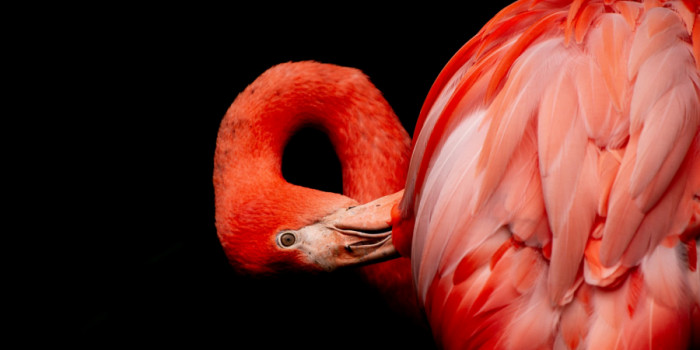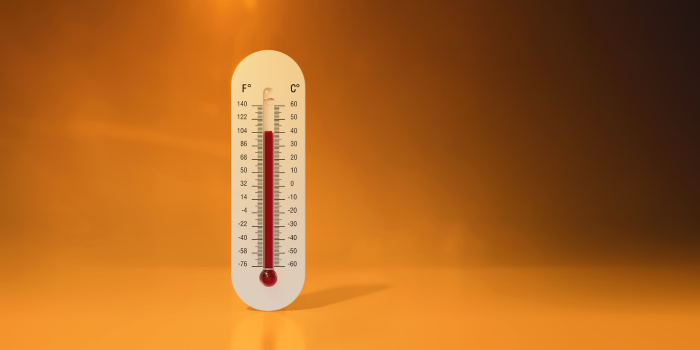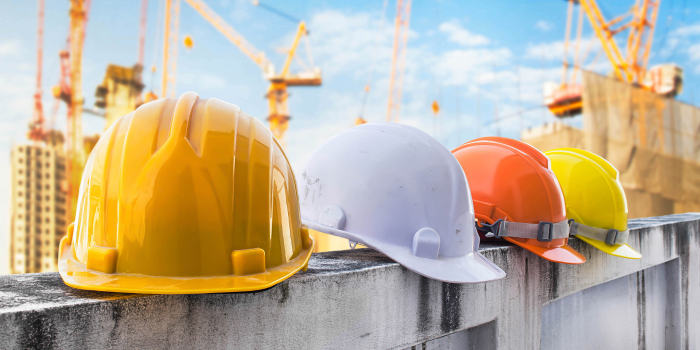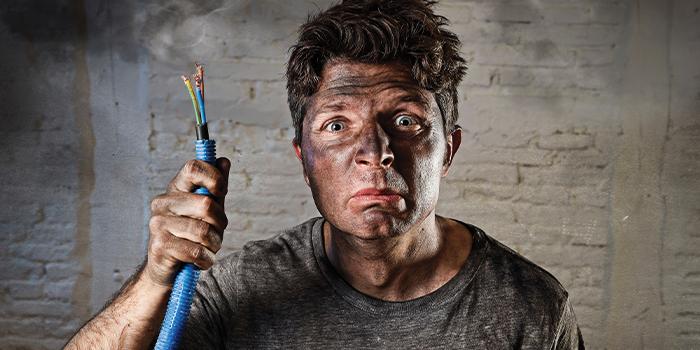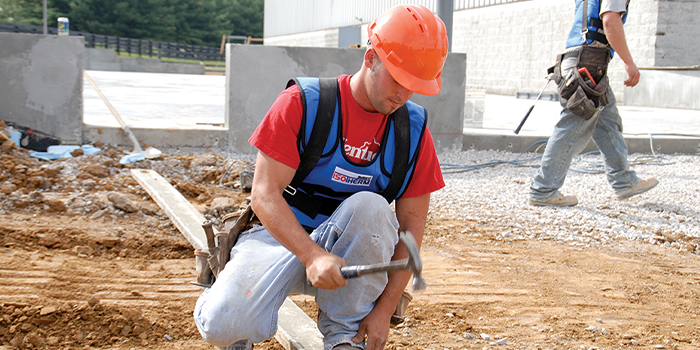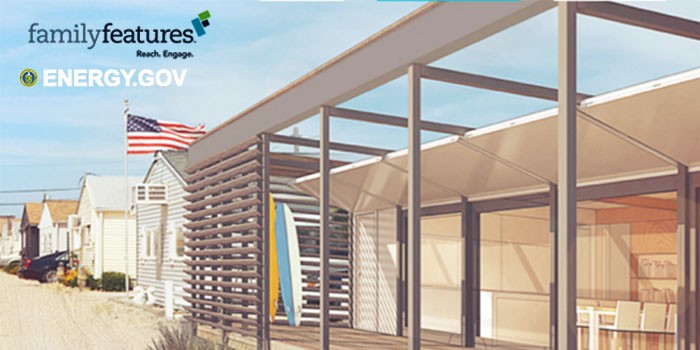
Ease Up On Energy Consumption
MISSION, KS – July 7, 2017 – Enhancing your home's energy-efficient features is a savvy way to make the space more livable while also making a smaller impact on the environment and your bank account.
The U.S. Department of Energy estimates that the average American homeowner spends about $2,000 a year on energy for heating, cooling and other power needs throughout the house. However, inefficiencies caused by poorly operating systems, drafts and other energy drains may account for as much as 10-20 percent of wasted money each year.
Whether your motivation is reducing home energy expenses, creating a more earth-conscious lifestyle or both, there are numerous ways you can make a significant impact on your home's energy efficiency.
Windows
Faulty seals and cracks are responsible for as much as 20 percent of air infiltration into or out of the home, according to U.S. Department of Energy data. Windows are a major culprit for these types of leaks.
If a complete window replacement is out of your budget, there are still numerous ways you can improve the energy efficiency of existing windows. The U.S. Department of Energy estimates that adding storm windows can reduce the amount of heat lost through windows by as much as 25-50 percent. Caulking and adding weather stripping around windows can also make a noticeable difference, as can window coverings such as blinds or drapes that minimize the transfer of heat and cold through window panes.
If you add new windows, there are several variables to consider. Generally, the goal is to optimize heat gain during colder months and reduce heat gain in the summer. Energy performance ratings can help you understand how particular windows transfer heat and light so you can make the best choices for your home's location, including the climate and orientation to the sun.
Doors
Like windows, doors, and especially their perimeters, are a common source of lost energy. Poor insulation due to faulty installation or simply wear over time can contribute to energy loss.
Aside from ensuring a properly installed, insulated and sealed doorway, the door itself can also make a difference when it comes to energy efficiency. For example, foam insulated entry doors offer greater energy conservation than wooden alternatives. Also remember that proper sealing and installation applies to all access points, including garage doors. For doors with large glass panes, such as patio doors, look for options that include a thermal break and multiple layers of glass to reduce energy transfer.
Fifth Wall (a.k.a., the Ceiling)
An often overlooked home element, but one homeowners and interior designers are increasingly turning attention to, is the ceiling, affectionately dubbed the "fifth wall." Not only does this surface offer a blank slate for introducing new style to a room, it's also an ideal space to integrate energy-efficient features such as skylights.
"Skylights bring much more than natural light into a space. They give occupants the feeling of being outdoors with elements like a sky view, gentle breezes and the smell of fresh air," said Ross Vandermark, national product manager for Velux America.
Skylights engage all of the senses while providing balanced, natural light that reduces reliance on powered light and ventilation fixtures. In addition, skylights can work in concert with vertical windows to create the "chimney effect" where cool, fresh air enters through vertical windows and warm, stale air escapes from the skylights, cooling your home without using electricity.
Some models like the Velux No Leak Solar Powered Fresh Air skylights, which along with installation costs are eligible for a 30 percent federal tax credit, are powered by solar energy, making them even more efficient. Additional features can further enhance the energy-saving benefits of installing skylights. For example, for added flare and light control, homeowners can add blinds to skylights, choosing from more than 100 colors and styles. Many models also offer remote control operation for convenience in raising and lowering the blinds and even opening skylights to let in fresh air.
Learn more about making the fifth wall part of your energy-saving plan at whyskylights.com.
HVAC System
Climate control accounts for as much as half of the average home's annual energy costs, so while it's a behind-the-scenes home feature, it's an important one.
An outdated heating, ventilation and air conditioning (HVAC) system, or a system that isn't big enough or strong enough for your home's footprint, will draw more energy than necessary to maintain a desirable temperature. Regular service can help keep systems operating smoothly, but eventually all HVAC systems need replacing.
A consultation with a certified technician can help you determine the right system for your home, as well as supplemental heating and cooling options like attic fans that can reduce your overall energy reliance.
Other Vulnerabilities
Keep in mind that leaks and cracks represent a substantial volume of lost energy, and even after windows and doors are sealed there are still plenty of places for air leaks to occur.
Common problem spots include attics and crawl spaces, as well as fireplaces and ductwork or ventilation systems. Eliminate drafts and add insulation to reduce energy loss through these sources.
Optimize Energy Usage
If you're uncertain about where improvements may be necessary to increase your home's energy efficiency, an energy audit is a good place to start. Learn more about how to evaluate your home, including which assessments you can tackle alone and what areas may require expert advice, at energy.gov.
About Family Features Editorial Syndicate
Established in 1974, Family Features is a leading provider of free food and lifestyle content for print and online publications. Our articles, photos, videos and web content solutions save you time, money and help create advertising opportunities. Registration is fast and free -- with absolutely no obligation. Visit editors.familyfeatures.com for more information.

